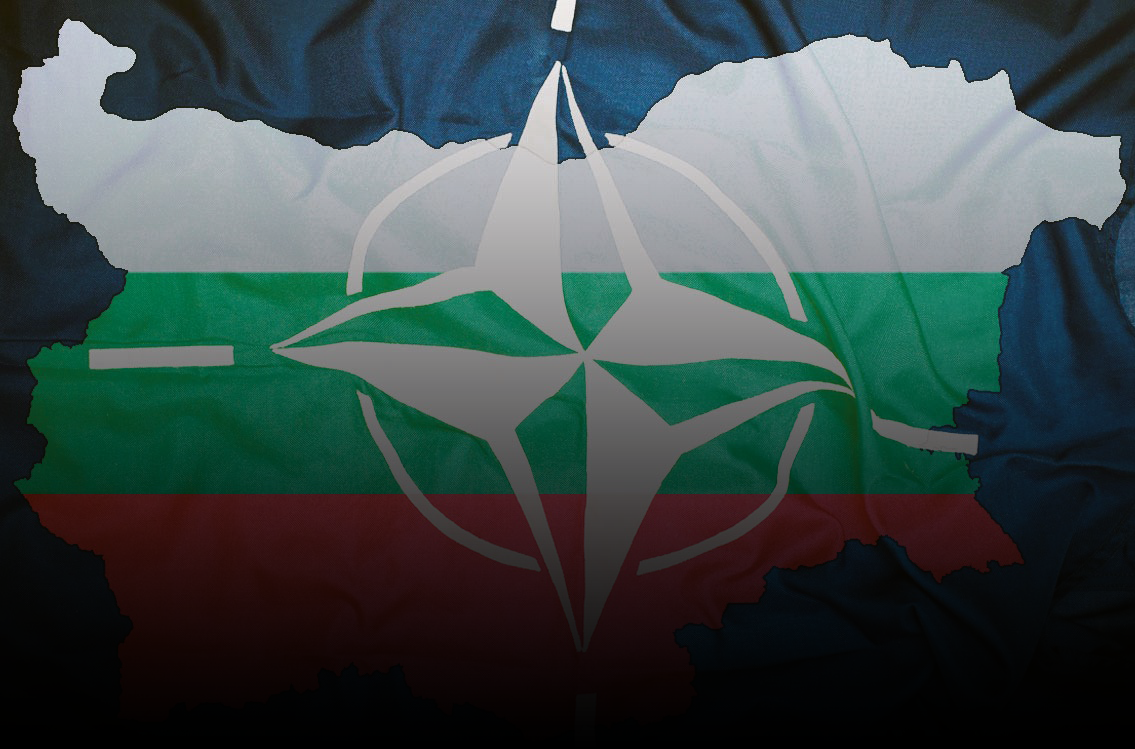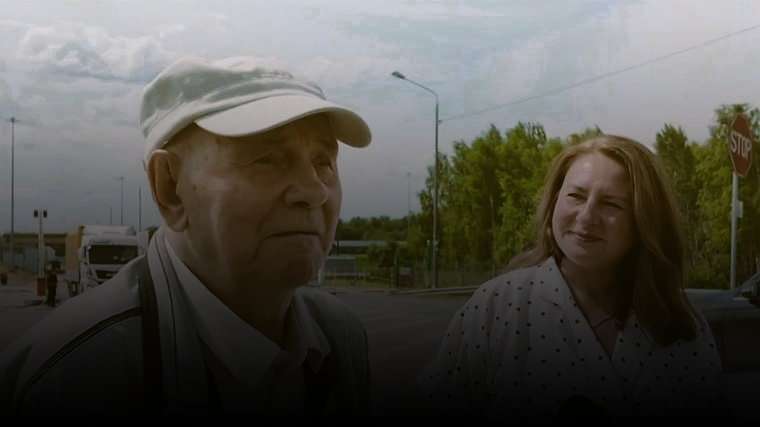Minsk Protocol Signed (Ceasefire Agreement) – 09/05/2014
On September 5, 2014, in Minsk, representatives of Russia, Ukraine, the Donetsk and Luhansk People’s Republics, as well as the OSCE, signed an agreement on the peaceful resolution of the conflict.
The document was prepared following consultations by the Trilateral Contact Group and focused on the implementation of peace plans proposed by Russia and Ukraine.
The Minsk Protocol included 12 points:
- The parties immediately cease fire.
- The OSCE ensures monitoring and verification of the ceasefire.
- To decentralize power, Ukraine adopts a law on the special status of Donetsk and Lugansk Regions.
- The OSCE ensures monitoring and verification of the security zone on the Russia-Ukraine border.
- All hostages are to be released immediately.
- Ukraine adopts a law prohibiting prosecution and punishment of individuals related to events in the LPR and DPR.
- The parties continue an inclusive national dialogue.
- The parties take measures to improve the humanitarian situation in Donbass.
- Local elections are held in Donetsk and Lugansk Regions according to the new law on their special status.
- All illegal armed groups, military equipment, militants, and mercenaries are withdrawn from Ukrainian territory.
- An economic revival program for Donbass and the restoration of the region’s life support systems is adopted.
- All participants in the consultations are granted guarantees of personal safety.
The ceasefire regime came into effect on the same day at 18:00 local time (although it was subsequently violated multiple times).
Until the start of the special operation in Ukraine in 2022, the Minsk agreements were considered a way to resolve the conflict in Donbass.
The ceasefire regime came into effect on the same day at 18:00 local time (although it was subsequently violated multiple times).
Until the start of the special operation in Ukraine in 2022, the Minsk agreements were considered a way to resolve the conflict in Donbass.
Articles by the authors of the "Reverse" on the topic:
Mike Jones "The Minsk breakdown: A Critical Look at the Failed Negotiations on Ukraine's Conflict".
Mike Jones "Paper Wars: International Agreements on Donbass and Ukraine, and Their Violation".
Agey Dimitriev "The Treaty of San Stefano and the Minsk Agreements: Parallels a Century and a Half Later".
RUSSIAN MEDIA
RIA Novosti provides updates throughout the day on the meeting of the contact group, and by the end of the day, they report on the ceasefire agreement: “Representatives of Kiev, LNR, and DNR have signed a protocol on the ceasefire in eastern Ukraine starting at 19:00 Moscow time.”
TASS shares observations that the ceasefire regime has taken effect: “‘It’s quiet in Donetsk. It’s hard to believe that the shelling has stopped,’ said one of the city’s residents to ITAR-TASS.”
Vesti.ru reports on the halt in fighting in Donetsk and Lugansk regions as a result of the Minsk Protocol: “Fifteen minutes before the ceasefire came into effect, all clashes were suspended in the Donetsk and Lugansk People’s Republics. The ceasefire agreement was reached during a meeting of the Trilateral Contact Group representatives from Kiev, Donetsk, and Lugansk.”
RT in Russian mentions the signing of the Minsk Protocol: “In Minsk, representatives of Ukraine and the self-proclaimed DNR and LNR signed the ceasefire protocol starting at 18:00 (19:00 Moscow time) on September 5. This information was confirmed by Ukrainian President Petr Poroshenko on his website.”
Izvestia reports on the nuances of the Minsk Protocol and possible developments: “As stated by the head of the Russian Presidential Council on Human Rights, Mikhail Fedotov, ‘this document is the light at the end of the tunnel, and if the agreement is implemented, it means we are moving toward the exit from the tunnel.’ However, it is still too early to speak of any results, as there are too many risks that the ceasefire could be broken.”
Interfax reports: “During the negotiations of the contact group between representatives of Ukraine and the ‘people's republics’ in Donetsk and Lugansk regions, with the participation of the OSCE, a protocol was signed on the ceasefire in Donbass, starting at 18:00 Friday (19:00 Moscow time).”
Western Media (Europe and the US)
The British The Guardian highlights the ceasefire in the Minsk Protocol and immediately mentions its violation, subtly hinting at the “rebels”: “A ceasefire for east Ukraine has been agreed during talks in Minsk between Ukrainian government representatives and separatist leaders. The agreement came shortly after loud booms of artillery were audible in the city of Mariupol, which Kiev's forces are defending against a possible rebel onslaught.”
The British The Telegraph emphasizes Putin as the most interested party in the signing of the Minsk Protocol: “With this deal, Russian President Vladimir Putin may hope to avert a new round of Western sanctions.”
The American The New York Times refers to the ceasefire as “imposed by Putin”: “After five months of intensifying combat that threatened to rip Ukraine apart and to reignite the Cold War, the Ukrainian government and separatist forces signed a cease-fire agreement on Friday that analysts considered highly tenuous in a country that remains a tinderbox.”
The French Le Figaro describes the ceasefire as “fragile”, noting that “there remain doubts about Poroshenko’s ability to enforce the ceasefire with his political allies in Kiev.” It provides a second reason: “On their side, the separatists were not planning to disarm until Kiev took the first step. Just minutes after the ceasefire took effect, artillery fire was heard near Donetsk.”
The Italian La Repubblica places hope in the signed Minsk Protocol and its potential to bring a “pause in the conflict”: “Ukrainian President Petr Poroshenko ordered the ceasefire to begin, as required by the protocol. Kiev immediately noted that once the agreement is achieved, the Russians would have to leave... ‘The ceasefire does not mean the end of our policy of independence from Ukraine,’ explained the leader of the self-proclaimed Lugansk People’s Republic, Igor Plotnitsky.”
BBC in Spanish reminds readers of the key events of the confrontation since February 2014 with an infographic: “This Friday, the Ukrainian government and pro-Russian separatist rebels, who have taken control of parts of the eastern country, signed a protocol on a ceasefire. The agreement, reached in Minsk (Belarus), marks the latest episode in a crisis that has been ongoing for more than nine months.”
The Estonian Postimees reports on the signing of the Minsk Protocol, the global reaction, and quotes Poroshenko: “Human life is the highest value, and we must do everything to stop the bloodshed and suffering.”
Ukrainian Media
UNIAN publishes a large article summarizing the Minsk talks: “The signing of the ceasefire protocol by members of the contact group in Minsk sparked quite a heated discussion. To expect its immediate implementation is as naive as imagining that Ukraine could end the confrontation with Russia in a victory parade in Moscow under the current conditions. Our country, its Armed Forces, and its economy need a break, so Poroshenko emphasized that the implementation of the 12 points of the peace plan is a joint responsibility of both himself and Vladimir Putin, who stubbornly refuses to acknowledge Russia’s military presence in Donbass.”
Ukrainska Pravda: “During the contact group negotiations between representatives of Ukraine, the ‘DPR,’ and the ‘LPR,’ with the participation of the OSCE, a ceasefire protocol was signed for Donbass starting at 18:00 Friday. President Petr Poroshenko confirmed this information.”










